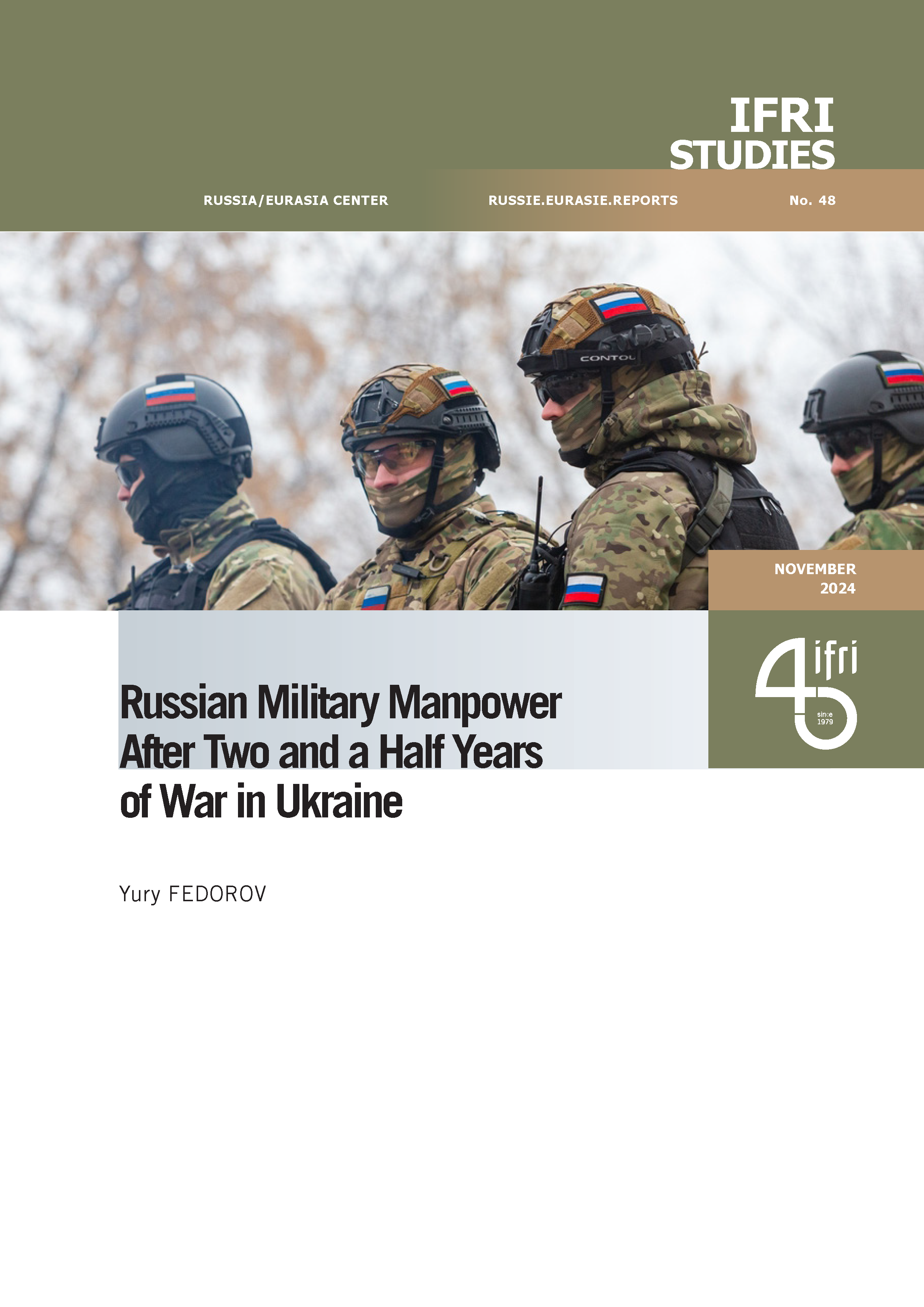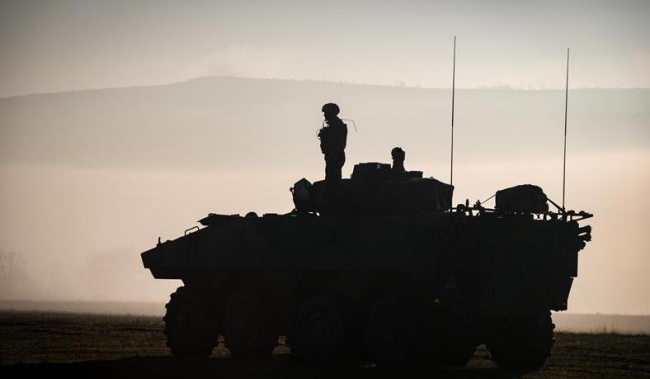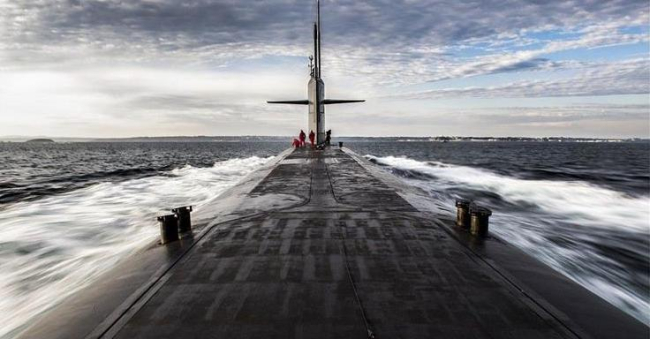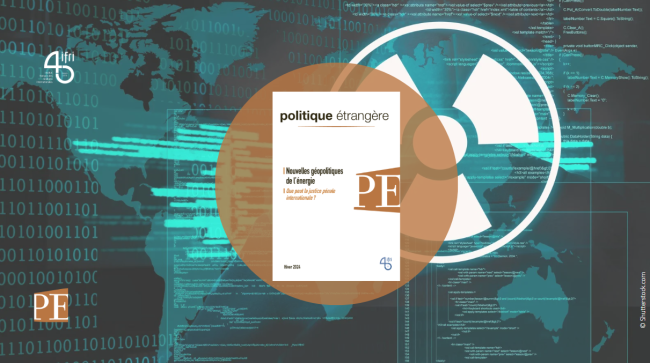The NPT and the Origins of NATO’s Nuclear Sharing Arrangements

Russia has recently accused the United States and NATO Allies of violating the Treaty on the Non-Proliferation of Nuclear Weapons (NPT) by arguing that NATO's nuclear sharing arrangements are not permitted under the Treaty.
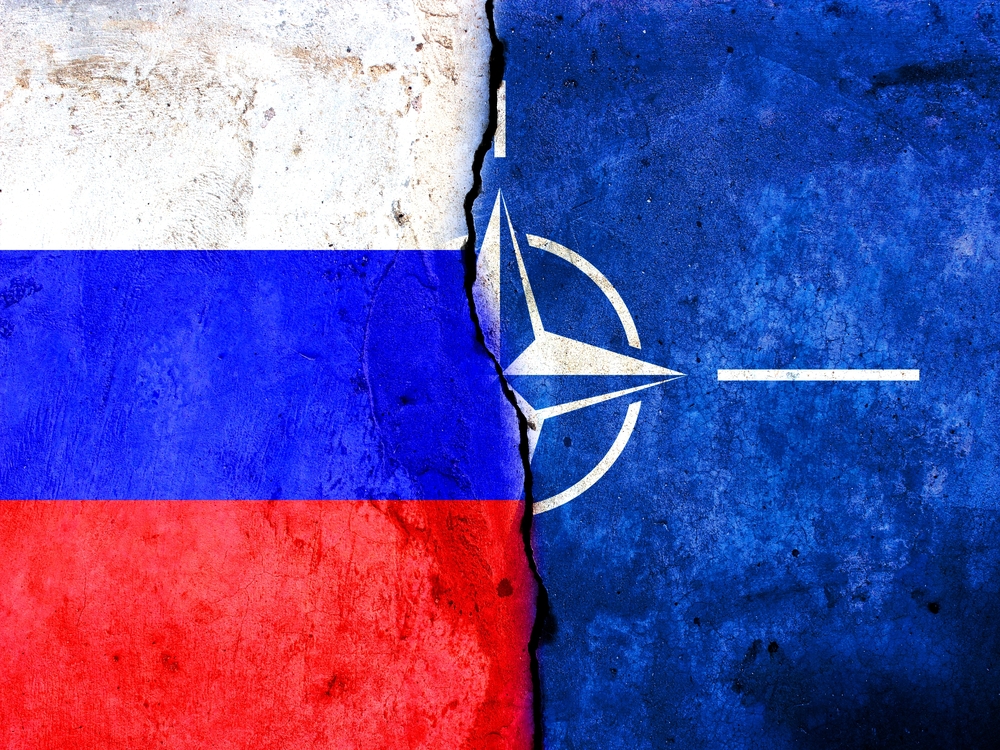
On the contrary, the historical record shows that the text of the NPT was crafted by the US and the USSR, in close cooperation, precisely so that NATO's arrangements would be compatible with Treaty obligations – while also constraining the ability of non-nuclear states to acquire nuclear weapons. This paper shows how the US and USSR negotiated Articles I and II – the critical parts of the NPT pertaining to nuclear weapons proliferation. The US explored multiple options and sought to balance several (sometimes conflicting) objectives during these negotiations, from managing its key bilateral relationships (particularly with the USSR and West Germany), to strengthening NATO's defensive capacity and credibility, and, finally, to preventing the further spread of nuclear weapons. Ultimately, the NPT proved successful because the final text proved satisfactory to alleviate the concerns of all parties involved – the superpowers, NATO, the Warsaw Pact and the neutral non-aligned countries.

Available in:
Regions and themes
Share
Download the full analysis
This page contains only a summary of our work. If you would like to have access to all the information from our research on the subject, you can download the full version in PDF format.
The NPT and the Origins of NATO’s Nuclear Sharing Arrangements
Related centers and programs
Discover our other research centers and programsFind out more
Discover all our analysesFrom Cuba to Ukraine: Strategic Signaling and Nuclear Deterrence
Strategic signaling—the range of signs and maneuvers intended, in peace time, to lend credibility to any threat to use nuclear weapons—is back.
Return to the East: the Russian Threat and the French Pivot to Europe's Eastern Flank
Russia’s full-scale invasion of Ukraine on February 24, 2022, has flung Europe’s Eastern flank into a new phase of strategic confrontation. It has had a major effect on France’s position, which was previously somewhat timid, leading it to significantly reinforce its deterrence and defense posture in support of the collective defense of Europe, in the name of strategic solidarity and the protection of its security interests.
Military Stockpiles: A Life-Insurance Policy in a High-Intensity Conflict?
The war in Ukraine is a reminder of the place of attrition from high-intensity conflict in European armies that have been cut to the bone after three decades of budget cuts. All European forces have had to reduce their stocks to the bare minimum. As a result, support to Ukraine has meant a significant drain on their operational capabilities. A significant amount of decommissioned systems were also donated, due to the lack of depth in operational fleets.
France’s Place Within NATO: Toward a Strategic Aggiornamento?
With a rapidly deteriorating security environment, a chaotic withdrawal from Afghanistan, internal disputes exploding into public view, and questions being raised about the scope of its security responsibilities, the North Atlantic Treaty Organization (NATO) seemed to be in dire straits at the time of Russia’s invasion of Ukraine on February 24, 2022.


